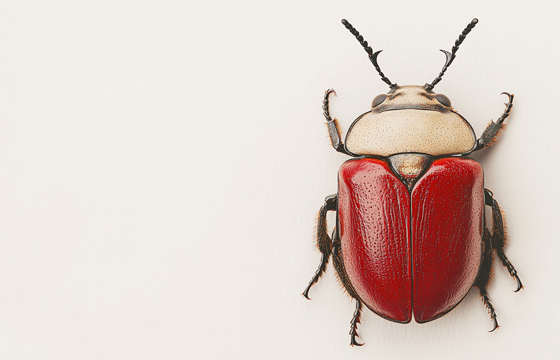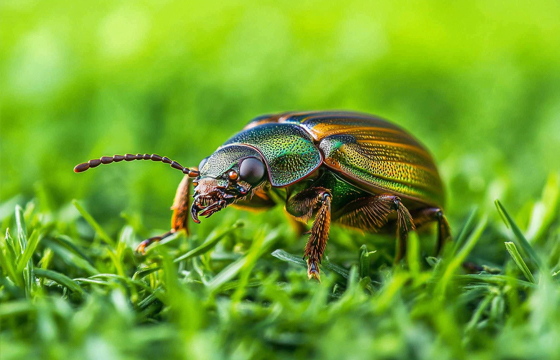Controlling June Bugs: A Comprehensive Guide to Garden and Lawn Protection
Understanding the June Bug Invasion
June beetles (genus Phyllophaga) emerge as seasonal pests between late spring and early summer, drawn to light sources and capable of decimating gardens. These copper-winged insects lay eggs that hatch into root-eating grubs, creating a two-phase threat requiring comprehensive management.
In order to safeguard your outdoor haven, it is crucial to understand how to eradicate June bugs and how to avoid infestations in the future. In order to get the best advice on how to defeat these insects, we turned directly to the specialists.
RELATED: Stop the Scratch: Expert Ways to Relieve Bug Bite Itch!
Why Do June Bugs Enter or Infest Houses?
Because they are attracted to lights by nature, June bugs often congregate near porch or streetlights. Reduce the quantity of light overall and switch up the sort of exterior lighting to keep them away from your house. When it comes to June bugs, using LED or yellow outdoor lights can help reduce their appeal. The possibility of these pests approaching your house can also be decreased by closing blinds or turning off interior lights when not in use.
RELATED: The 6 Best Fly Traps for a Pest-Free Home

How to Get Rid of June Bugs?
4-pronged approach to defense
- Modification of Light Sources
Interfering with the Beetle GPS System
Install amber LED lights that are activated by motion; studies indicate that this reduces attraction by 60%.
When activity is at its highest, use blackout curtains (8 PM-11 PM).
Keep bug zappers at least thirty feet away from horticultural areas.
- Barrier Defense Strategies
Building Barriers, Both Biological and Physical
For ten to fifteen years, apply Bacillus popilliae milky spore powder in a checkerboard pattern.
During egg-laying seasons, install floating row coverings with 0.6mm mesh.
Plant bases should be covered with diatomaceous earth; reapply after intense rain.
- Using Nature's Pest Control Army to Recruit Natural Predators
One colony consumes 15,000 insects every day, so install purple martin houses.
Use an evening soil drench to apply beneficial nematodes (Heterorhabditis bacteriophora).
Make habitats for toads using upturned clay pots and shallow water dishes.
- Targeted Trapping Techniques
Smart Capture Systems
Create fermented molasses traps (1:3 ratio with apple cider vinegar)
Use pheromone traps with 1-octen-3-ol attractant (change lures every 14 days)
Implement pitfall traps with angled siding near infestation zones
RELATED: How to Detect and Eliminate Bed Bugs: A Step-by-Step Guide

Procedure for Chemical Intervention When Organic Techniques Require Strengthening
- Solutions Particular to Grubs
Use products containing chlorantraniliprole (20% less harmful to pollinators than conventional herbicides).
Use a soil thermometer to time insecticide applications; they work best at 55°F and 4 inches of depth.
- Protection of Foliage
Apply kaolin clay sprays, which form a protective layer of particles.
Apply 0.5% azadirachtin-containing neem oil (disturbs larval development).
RELATED: Ultimate Guide to Preventing and Eliminating Basement Insect Infestations
Long-Term Management of Landscapes
Making Beetle Territories Hostile
- Control of Moisture
Put in soil moisture monitors to keep levels between 25 and 30 percent.
Instead of using sprinklers, use drip irrigation.
- Crop Rotation Technique
Plant cover crops made of marigolds, which naturally contain thiophenes.
Plant legumes and grass alternately.
- Optimizing Soil Health
Keep the pH between 6.0 and 7.0 when using lime.
Test the soil every year to determine its organic matter level.
RELATED: How to Banish Stink Bugs for Good: Expert Tips from Exterminators
Recent USDA studies show proper June bug management increases crop yields by 18-22% while preserving 89% of beneficial insect populations compared to broad-spectrum pesticide use.





